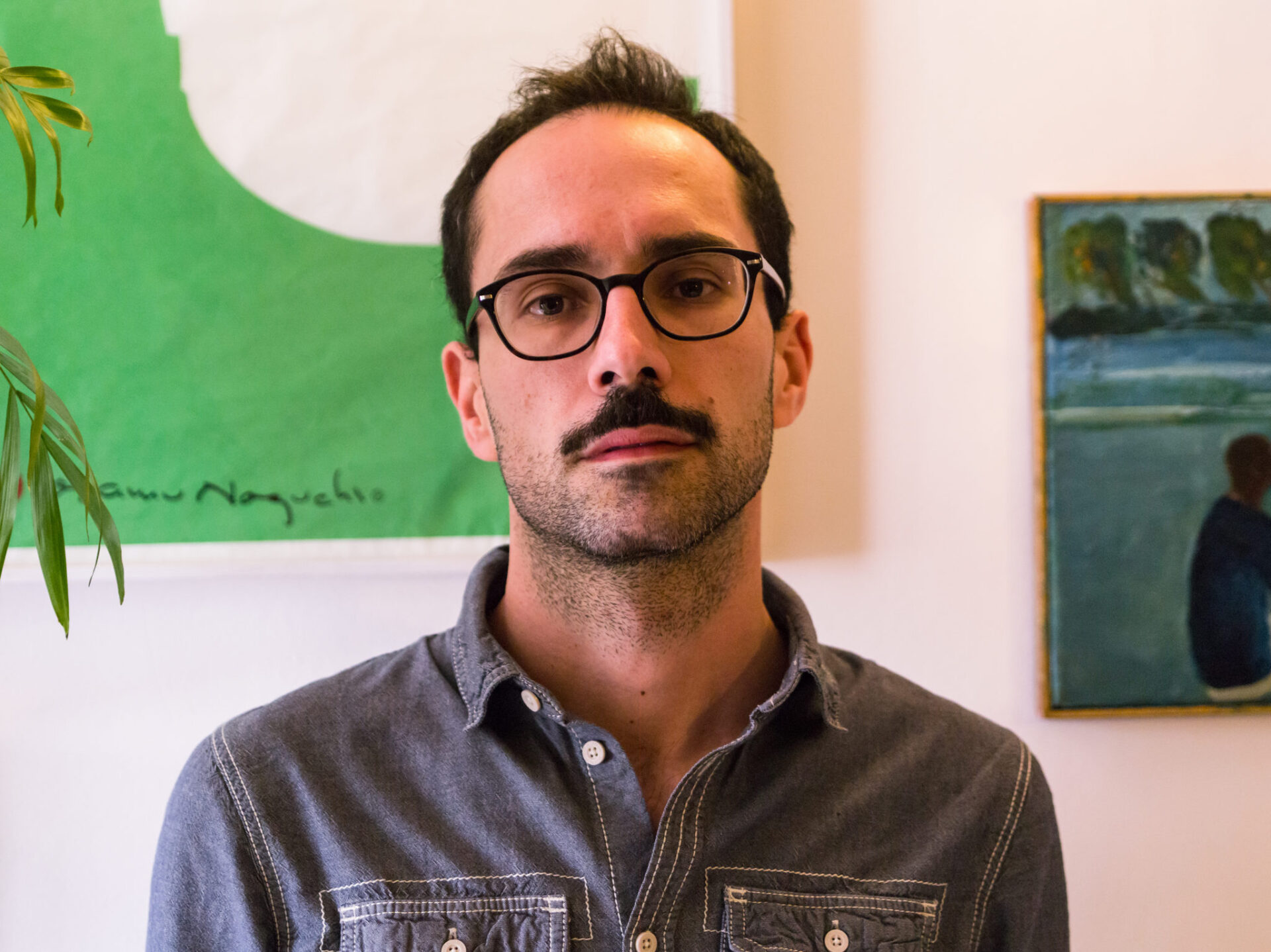Fabio Cafagna
Spring 2017

Fabio Cafagna was born in Turin in 1983. He received his PhD in History of Art at Sapienza – University of Rome. His interests are mainly addressed to the art of 19th and 20th century and, in particular, to the relationships between figurative arts and scientific disciplines. He teaches History of Contemporary Art at the University of Insubria, Como. For the Castello di Rivoli – Museum of Contemporary Art, Rivoli-Turin, he is currently in charge of the editorial coordination of the general catalogue of the Francesco Federico Cerruti Collection, which will open to the public in spring 2019. He curated, with Virginia Bertone and Filippo Bosco, the 19th-century section of the permanent collections of GAM – Galleria d’Arte Moderna e Contemporanea in Turin, within the general reorganization of 2017 coordinated by Carolyn Christov-Bakargiev. In 2017 he was fellow at CIMA – Center for Italian Modern Art, New York; the fellowship was promoted by CIMA, SNS – Scuola Normale Superiore of Pisa and MIBACT, Ministero dei Beni e delle Attività Culturali e del Turismo, Direzione Generale Arte e Architettura Contemporanee e Periferie Urbane. He is the author of Il disegno del corpo. Anatomia Artistica all’Accademia Albertina di Torino (1829-1899) (Roma 2017) and Indizi, sintomi, impronte. Esperienze artistiche e scientifiche nell’Ottocento (Roma 2010).
During his time at CIMA, he examined the relationships that the US gallery director John Weber had with the Italian artistic avant-garde. He focused in particular on the period between the opening of his New York-based gallery (1971) and the end of the first fruitful decade of activity (1981), when Weber finally moved away from the famous SoHo Art Building, 420 West Broadway. During these years, the Italian presence was far from accidental. In fact, Weber was one of the most important American dealers of Italian art, and the program of exhibitions he held clearly shows his deep knowledge of Italian contemporary aesthetic research. If examined through a solid core of data, John Weber’s activity will reveal the connections between the growing US art market and the constitution of an Italian aesthetic canon.
